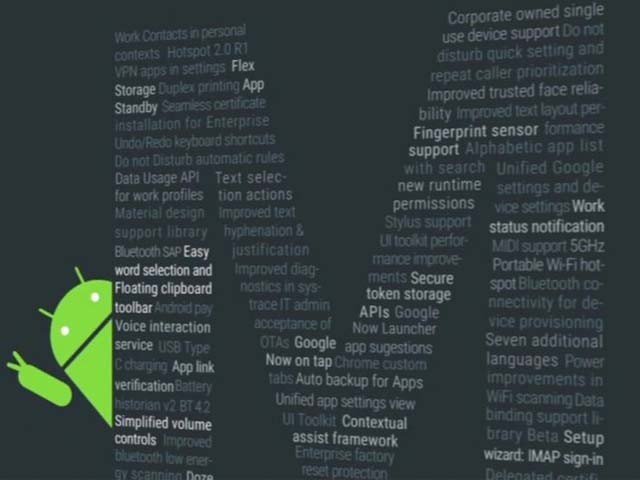Android M has arrived: here's what you need to know
01:13PM Tue 2 Jun, 2015

The Android M developer preview was recently launched at Google I/O 2015 in San Francisco. At the conference, Google senior VP of Products Sundar Pichai said the company had "gone back to basics" with this new version of Android. While Android Lollipop introduced a new visual aesthetic, Android M brings some much-needed stability and usability improvements which might not be as eye-catching, but may prove to be significant additions for a while to come.
At I/O, Google VP of Engineering David Burke outlined six major Android M features. Read on for the full list.











